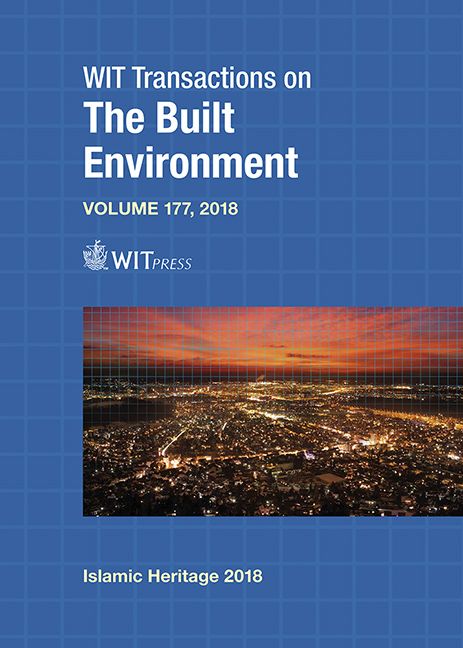JEDDAH CITY: A VISUAL IMPRESSION OF NON-FIGURATIVE PUBLIC ART
Price
Free (open access)
Transaction
Volume
177
Pages
11
Page Range
75 - 85
Published
2018
Size
381 kb
Paper DOI
10.2495/IHA180071
Copyright
WIT Press
Author(s)
LINA M. KATTAN
Abstract
Contrary to many misconceptions, Islamic ideologies do not contradict modernism or contemporaneity in art; Islam is not absolute conservatism. However, the advent of radical thinking in Islam and the spread of false-hearted interpretations of religious scriptures have indirectly affected visual aesthetics of three-dimensional public art in Jeddah city. Consequently, the aesthetic experience has been disrupted, and the beauty standards by which the city was constructed have been completely marginalized. In the seventies, the selection process of displayed public art reflected Islamic sensibilities and Saudi culture at the time; however, such selection is being disapproved today. In this paper, I argue that abrupt change in Islamic conceptions developed a deviation in its practice; thus, a change has arisen in the definition and identity of non-figurative art in the city of Jeddah. This research focuses on three public monuments that were accused of conflicting with the new waves of radical Islam that have shaped Saudi culture since the late eighties, all of which can be traced to the so-called Islamic Revolution in 1979. This paper briefly discusses the Islamic perception of three-dimensional art (both classic and revised conceptions and attitudes), and how that understanding has affected the public art of Jeddah. Furthermore, this change in Saudi mind-set towards figurative art has affected visual aesthetics and experiences of local inhabitants and has led to increased visual pollution in Jeddah, The Bride of the Red Sea.
Keywords
non-figurative art, representational art, visual aesthetics, visual pollution, threedimensional art, beauty standards, Islamic Revolution, public monuments, statues, Saudi identity




